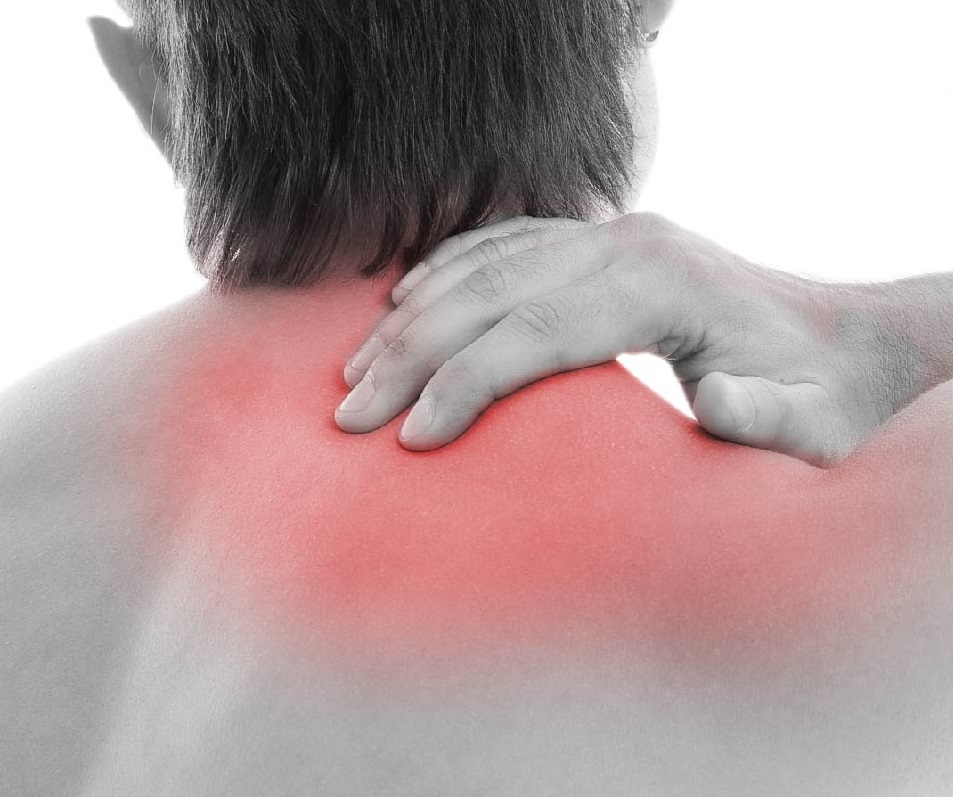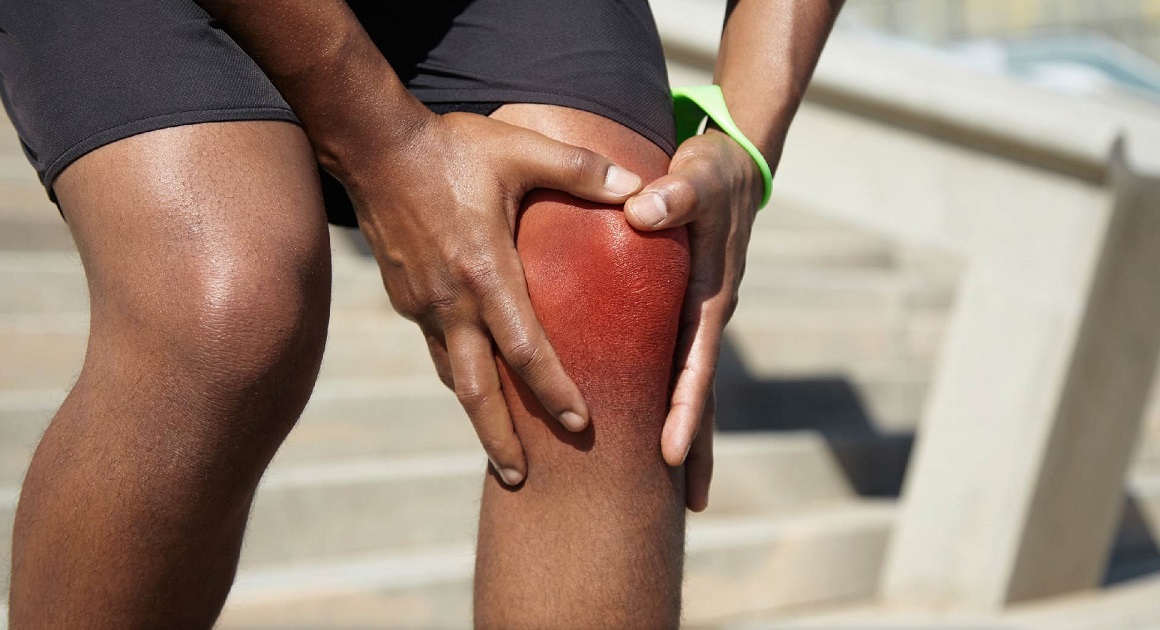If you suffer from a heart condition, you may be familiar with cardiac catheterization. This procedure entails the insertion of a thin, flexible tube (catheter) through a blood vessel all the way to the heart. This is done to help diagnose or treat heart conditions like irregular heartbeat, clogged arteries, etc.
The procedure helps doctors obtain essential information about the patient’s blood vessels in the heart, heart valves, and heart muscle. During the procedure, doctors often perform different tests. Common heart disease treatments like coronary stenting and coronary angioplasty are performed using cardiac catheterization.
In this blog, we’ll offer a closer look at three types of patients who should undergo this procedure. Continue reading.
1. Patients Who Have Developed Atherosclerosis
This condition develops when plaque gradually builds up inside the arteries. As a result, the arteries become narrow and hard, which restricts blood flow. If left undiagnosed and untreated, atherosclerosis may lead to blood clots that increase the risk of heart attack or stroke.
Cardiac catheterization is used to press plaque buildup against the walls of the arteries. This significantly improves blood flow.
2. Patients Who Have Developed Heart Valve Disease
Heart valve disease occurs when one or more of the four heart valves fail to function properly. These valves play a pivotal role. They make blood flow in the correct direction.
If one or more heart valves fail to open or close properly, blood flow through the heart to the rest of the body can be disrupted. This condition can be fatal.
Cardiac catheterization helps detect problems with the functioning of the heart valves. It also identifies abnormalities in the functioning of the coronary arteries and heart muscle.
3. Patients Who Exhibit Symptoms of a Heart Condition
Symptoms of common heart conditions include (but are not limited to) chest pain, chest tightness, shortness of breath, chest pressure, numbness or weakness in the limbs, heartburn, indigestion, and nausea. Patients who experience one or more of these symptoms may have to undergo cardiac catheterization. In such cases, the procedure helps identify any abnormalities.
At Houston Physicians’ Hospital, we specialize in performing cardiac catheterization. Our doctors use the procedure to diagnose heart conditions and correct any irregularities identified along the way.
Find a cardiologist who’s right for you. Our physicians also treat conditions like joint pain, knee pain, hip pain, back pain, and neck pain, among a range of other disorders and ailments.









